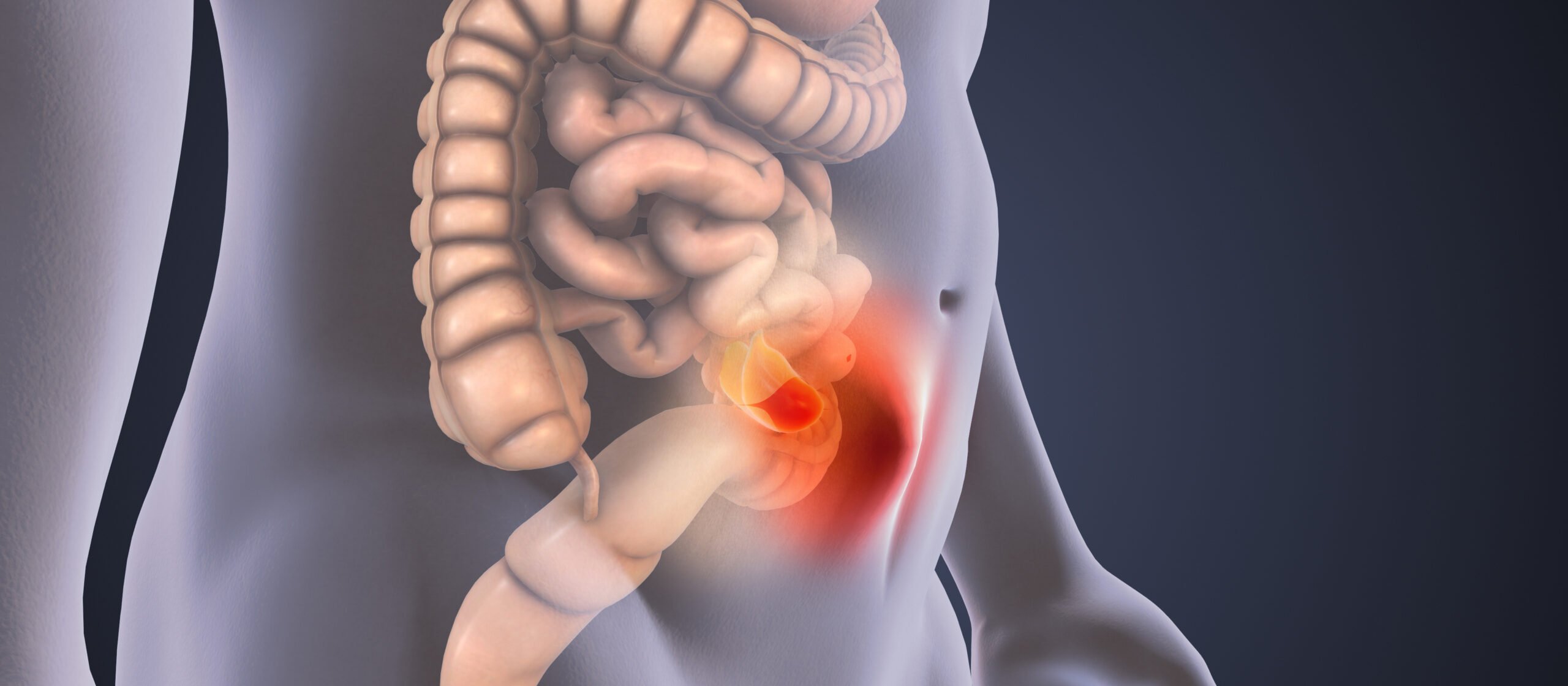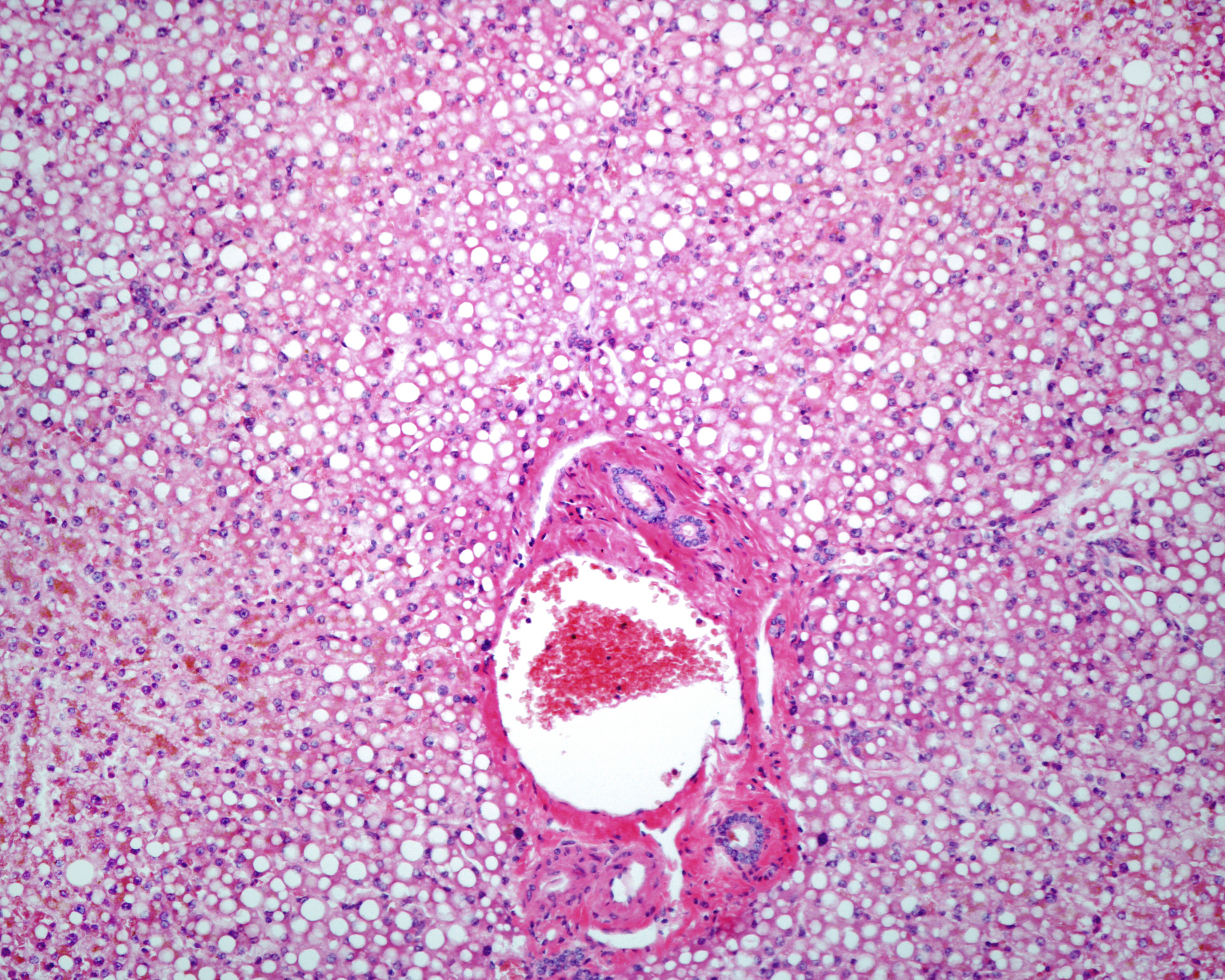Every day, thousands of patients worldwide enter emergency departments with acute chest pain, shortness of breath or atypical symptoms. The differential diagnosis of acute coronary syndrome (ACS) is always one of the greatest challenges in emergency and cardiac medicine. The “2025 ACC/AHA/ACEP/NAEMSP/SCAI Guideline for the Management of Patients with Acute Coronary Syndromes”, published in February 2025, represents the most up-to-date, comprehensive consensus. The guideline guides the reader through the entire spectrum of care – from the initial prehospital ECG lead to long-term secondary prevention – and combines high-tech diagnostics with structured treatment algorithms to optimize the quality of care in each system. In the following article, we summarize the key recommendations, explain the scientific evidence behind them and provide tips for daily clinical practice.
You May Also Like
- GLA:D® program for back pain patients
Fewer consultations and reduction in the use of painkillers
- Nutrition for type 2 diabetes
Not such a great tuber
- From symptom to diagnosis
Abdominal pain – external hernias
- Mechanisms, evidence and therapeutic consequences
GLP-1 receptor agonists in cardiology
- MASLD/MASH
Drug therapy options on the rise: spectacular evidence
- New ways of neuroregeneration
CRISPR and artificial intelligence
- Asbestos victims
Federal Council has decided to amend the UVG
- Music as a cure for cancer?











